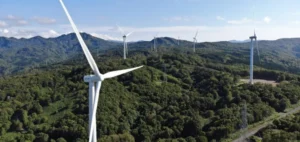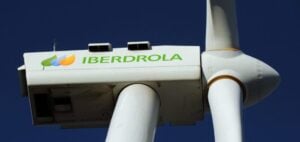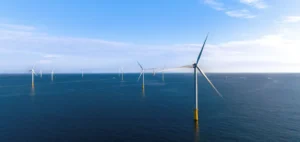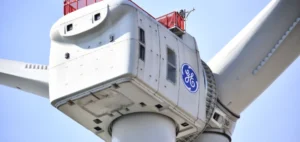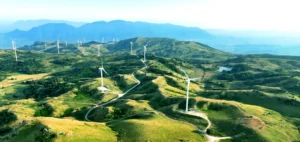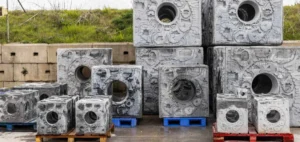The Canada Infrastructure Bank (CIB) will invest $108.3mn to support the construction of the 102.2-megawatt Mesgi’g Ugju’s’n 2 (MU2) wind farm in the Gaspésie–Îles-de-la-Madeleine region of Quebec. The project marks CIB’s first Indigenous equity loan in the province and is part of an equal partnership between the Mi’gmawei Mawiomi Business Corporation (MMBC) and Innergex Renewable Energy Inc.
The financing includes a $15.8mn equity loan aimed at improving the economic viability of the Mi’gmaq communities’ participation—Gesgapegiag, Gespeg and Listuguj—represented by MMBC. The remaining $92.5mn is allocated to project construction. MU2 was the only project from two provincial tenders totalling 780 megawatts of renewable energy to include an Indigenous community partner in a sponsorship role.
Multiple sources of financing and local engagement
The total financial package also includes a $163.9mn green loan, a $41mn construction bridge loan and a letter of credit facility provided by the Canadian Imperial Bank of Commerce (CIBC), Desjardins Group and the National Bank of Canada. MU2 will be located on the traditional Mi’gmaq territory of Gespe’gewa’gi near Rivière-Nouvelle and will sit adjacent to the Mesgi’g Ugju’s’n 1 (MU1) wind farm, which is also co-owned 50/50 by the same partners.
MU2 will use turbines from German manufacturer Nordex and operate under a 30-year power purchase agreement with Hydro-Québec. The facility is expected to supply electricity to the equivalent of 20,000 Quebec households. According to project forecasts, the operation will reduce greenhouse gas emissions by 153,053 tonnes annually.
Economic impacts and operational timeline
The construction phase is expected to generate approximately 150 direct jobs, with a firm commitment to hiring at least 30% of the workforce from local Mi’gmaq communities. Revenues generated will be reinvested into community-led initiatives, according to project representatives.
Commercial operations for the MU2 wind farm are scheduled to begin by the end of 2026. The facility is part of Hydro-Québec’s Electricity Supply Plan, which forecasts a 12% increase in demand between 2019 and 2029.




